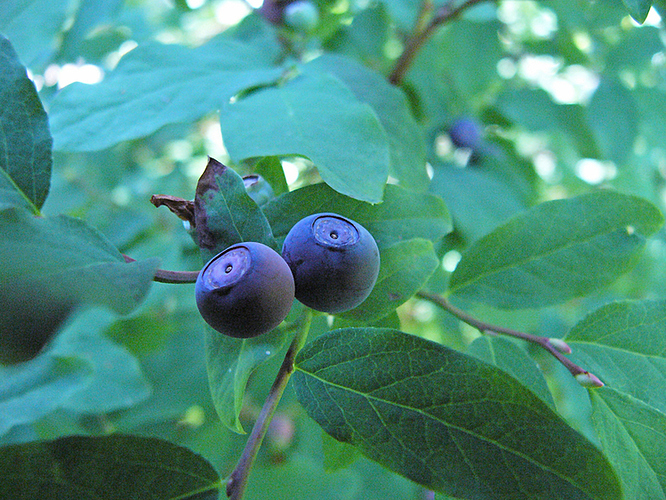I think the straight on the wood campfire cooking method that smokes the meat as it cooks is important to the flavour. The tail is that nice mix of tissues: bone, cartilage, ligaments, some spinal cord, and skeletal muscle. The roo tail is well muscled and much more meaty than other animals you could probably think of (I do like ox tail slow cooked). That is all wrapped in fur and skin that makes a nice cooking package. That mix of amino acids in the variety of tissue, particularly the sweeter glycine in the connective tissue might make a difference.
The main meat in kangaroos  is in the back legs and rump. It’s all dark red meat full of myoglobin and low in fat. Being low fat and lean it lacks flavour if butchered like a ruminant into separate cuts. But just lobbing the whole carcass on a natural timber coal fire with skin still on looks like a delicious way to cook it. There may be a small amount of fat under the skin in some young joeys. That’s why cooking with skin on makes a better flavoured meal.
is in the back legs and rump. It’s all dark red meat full of myoglobin and low in fat. Being low fat and lean it lacks flavour if butchered like a ruminant into separate cuts. But just lobbing the whole carcass on a natural timber coal fire with skin still on looks like a delicious way to cook it. There may be a small amount of fat under the skin in some young joeys. That’s why cooking with skin on makes a better flavoured meal.
You’ll notice the roo in the film was gutted. The camp dogs will usually get that part. That is unfortunate because it can perpetuate health problems due to parasites. It can be dangerous to eat kangaroo offal as they are a reservoir and intermediate host to the hydatid tapeworm. It also means muscle meat needs to be well done cooked to kill any tapeworm cysts. If people become infected the tapeworm can cause cysts anywhere in the body, but a common site is in the brain.


 is in the back legs and rump. It’s all dark red meat full of myoglobin and low in fat. Being low fat and lean it lacks flavour if butchered like a ruminant into separate cuts. But just lobbing the whole carcass on a natural timber coal fire with skin still on looks like a delicious way to cook it. There may be a small amount of fat under the skin in some young joeys. That’s why cooking with skin on makes a better flavoured meal.
is in the back legs and rump. It’s all dark red meat full of myoglobin and low in fat. Being low fat and lean it lacks flavour if butchered like a ruminant into separate cuts. But just lobbing the whole carcass on a natural timber coal fire with skin still on looks like a delicious way to cook it. There may be a small amount of fat under the skin in some young joeys. That’s why cooking with skin on makes a better flavoured meal.